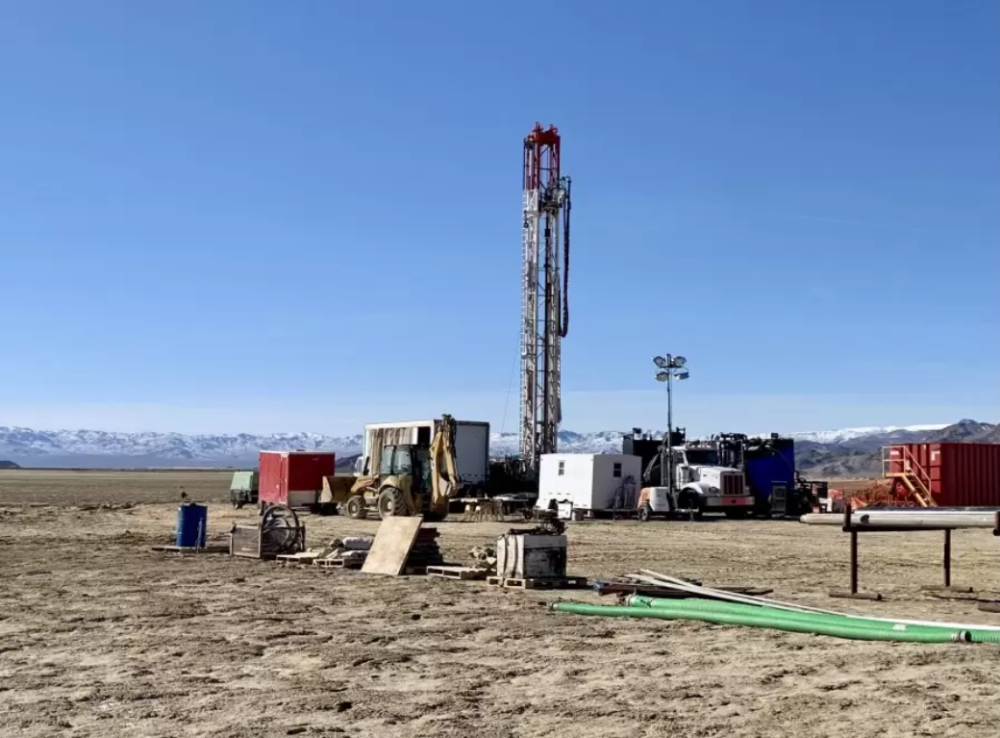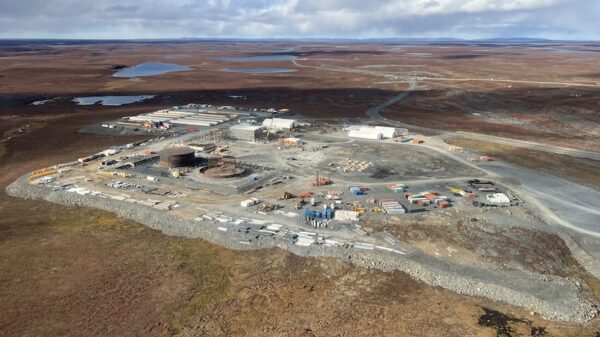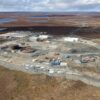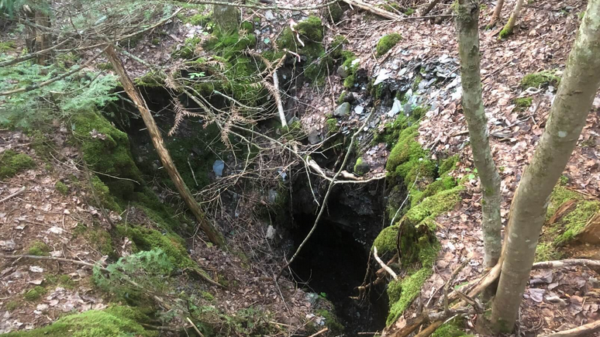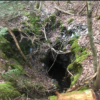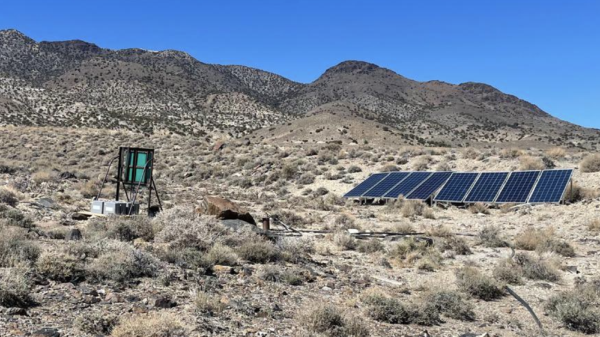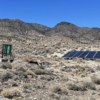Acme Lithium Inc. (CSE: ACME) (OTCQX: ACLHF) reported that its DH-1A well reached 1,940 feet (591 metres) as part of its phase 2 drill program at its Clayton Valley Nevada lithium brine project on Wednesday.
The company encountered prospective basin sediments deep in DH-1A and determined that they exhibit characteristics common of the lower gravel unit (LGU) in Clayton Valley. In this case, the LGU is a permeable, lithium brine enriched, gravel aquifer overlying bedrock throughout most of the Clayton Valley. The core is consistent with the known basin stratigraphy.
Acme successfully drilled the DH-1A deeper exploration hole as part of its Phase 2 multi-hole program. The program includes drilling, well installation, well development and the completion of a pumping test from a large diameter Dissolved Mineral Resource Exploration (DMRE) well (TW-1).
Acme also intends to drill three new DMRE boreholes, DH-1A, DH-2, and DH-3 as part of the program.
Also, it intends on installing grouted in vibrating wire piezometers in each of the boreholes to monitor long-term water level and the response of the aquifer to pumping.
Acme’s lithium brine project shares a common boarder with the Silver Peak lithium deposit owned by Albemarle (NYSE: ALB).
The Silver Peak deposit has been in steady production since 1966. It is also the only lithium producing region in the United States.
Read more: Iranian authorities discover second-largest lithium deposit on earth
Read more: Thacker Pass court case judge rules in favour of Lithium Americas mine
Acme phase 2 exploration objectives use zonal testing
The objectives of the Phase 2 program are to use zonal isolated testing and brine sampling to explore the deeper horizons below the total drilled depth of DH-1. The depth is 1,400 feet. The program aims to assess the stratigraphy and potential continuity between the stratigraphic units, including the LGU. The company encountered its highest-grade lithium at the bottom of DH-1 when it was drilled last summer.
Acme expects the results of DH-1A to provide information required for the project’s development and ongoing evaluation. Also, it hopes to increase the known vertical extent of the LGU at the site.
Hasbrouck Geophysics conducted a gravity survey that estimated the depth to bedrock to be between 1800 and 2000 feet.
The results of the survey were consistent with the findings of DH-1A. DH-1A also encountered the Campito Formation “bedrock” at approximately 1820 feet.
The lithology of DH-1A was similar to that of DH-1, but DH-1A extended the vertical extent of the LGU to the contact with the bedrock. The clay content appeared to increase near the contact with the bedrock, but permeable gravels of the LGU dominated from the contact with the lower ash unit, nearly 1250 feet to a depth of approximately 1630 feet. Preliminary logging of DH-1A from a depth of 1400 to 1640 feet confirmed the presence of brine.
GeoXplor, the operator of the site, contracted Harris Drilling Exploration and Associates and Confluence Water Resources for drilling services and support testing. The findings from DH-1A were consistent with the results from historic drilling throughout the basin. The drilling services and support testing provided by the contractors allowed for a more comprehensive evaluation of the site. These findings provide valuable information to help further explore and develop the site.
To evaluate the site’s potential, the company will conduct open hole geophysical surveys to interpret changes in lithology, chemistry, and assess permeability and other material characteristics. After which, Packer testing will include multi-zonal isolated lithium brine sampling and hydraulic testing. The sample zones will target stratigraphic features expected to contain brine.
The samples will be sent to a lab and analyzed for lithium, boron, and other minerals typical of lithium brine systems.
DH-1A is anticipated to be finished by the end of March 2023. Acme also plans to commence Test Well 1 (TW-1) in April 2023. These surveys and tests will provide valuable information for the evaluation and development of the site, helping to identify the potential of the site for lithium extraction.
Sample analysis will allow for further exploration of the site and provide the necessary data to develop an extraction process.
Acme shares dropped by a penny on Wednesday and are now trading at $0.47 on the Canadian Securities Exchange.
Vancouver-based Calibre Mining (TSX: CXB) (OTCQX: CXBMF) is also operating in Nevada, alongside Acme.
Earlier this year, it sold 222,991 ounces of gold, generating USD$403 million at a rate of USD$1,808 per ounce. Additionally, Calibre has maintained a steady growth rate of 20% in production year over year.
Calibre shares are trading at $1.135 on the Toronto Stock Exchange.
Calibre Mining is a sponsor of Mugglehead news coverage
Follow Joseph Morton on Twitter
joseph@mugglehead.com

